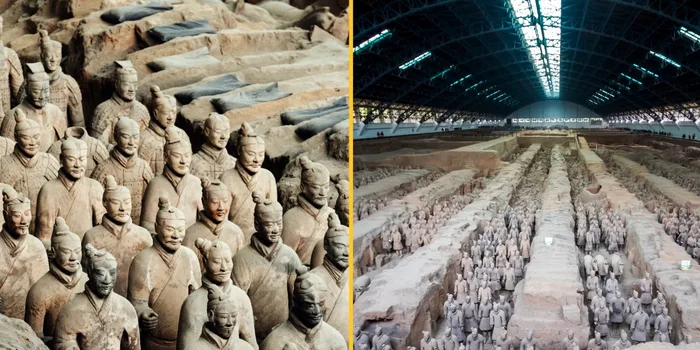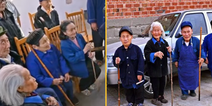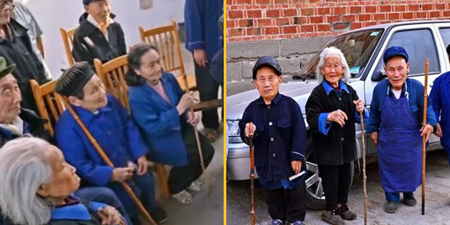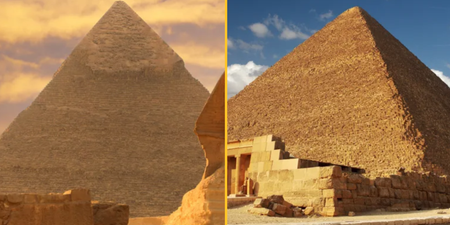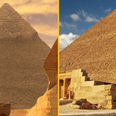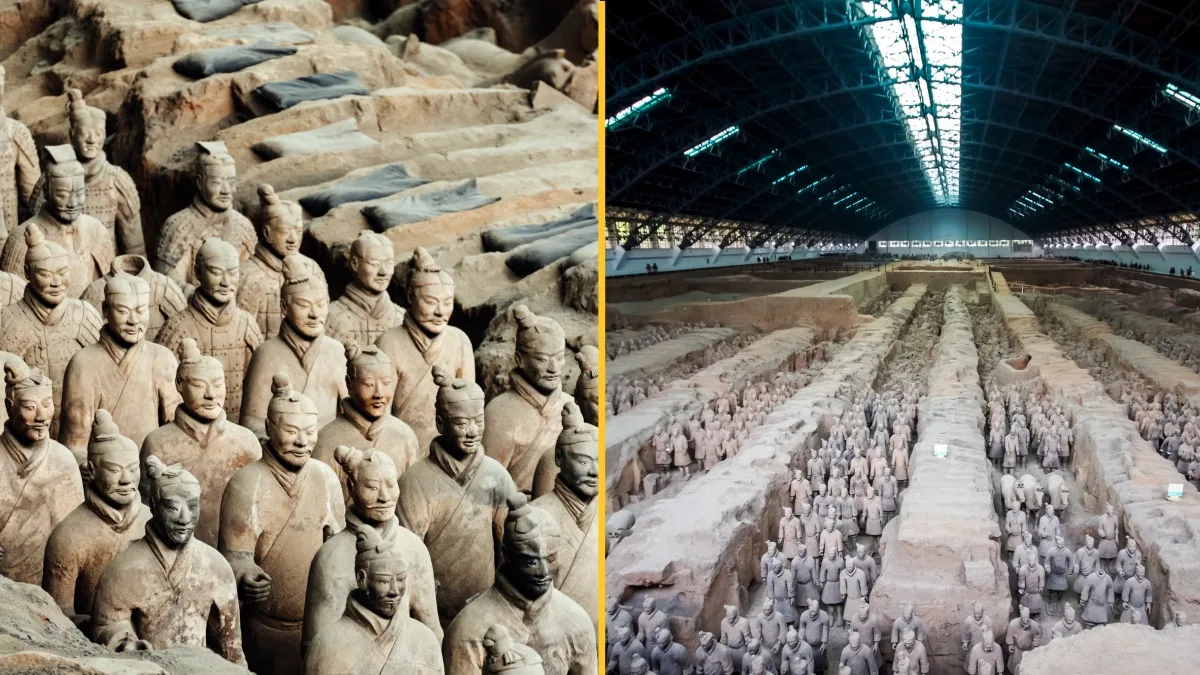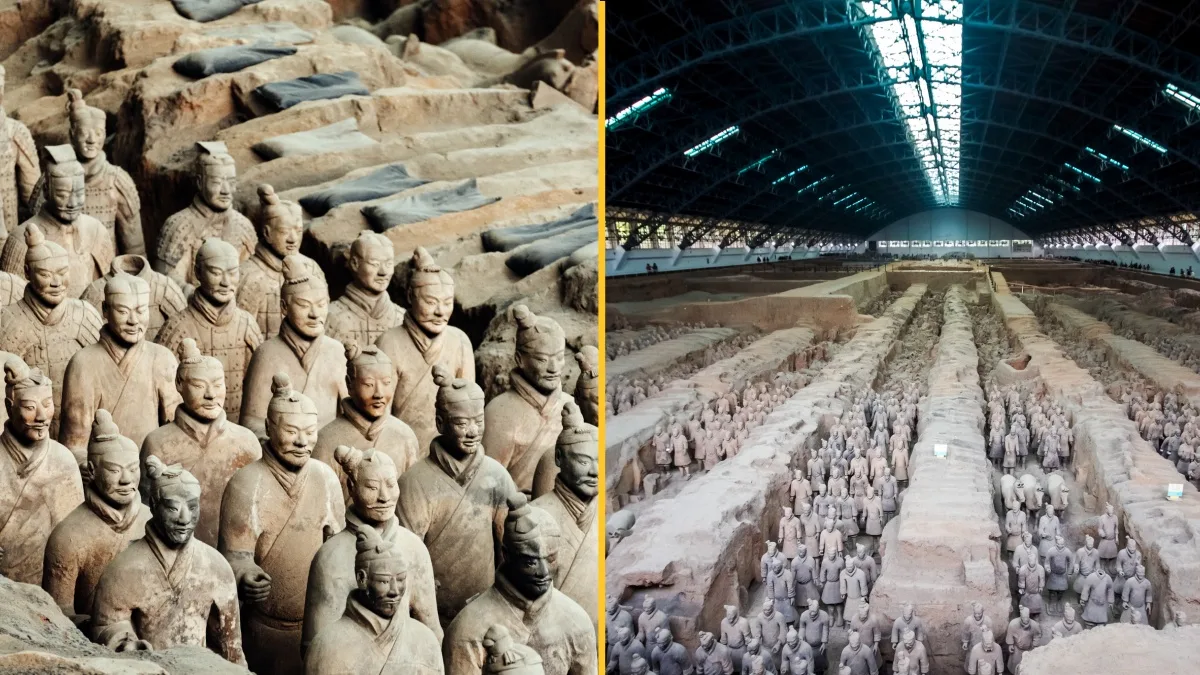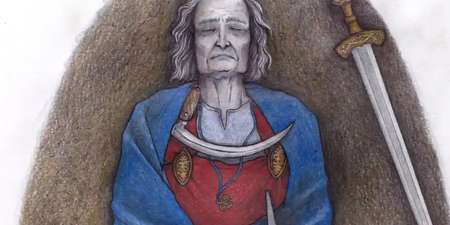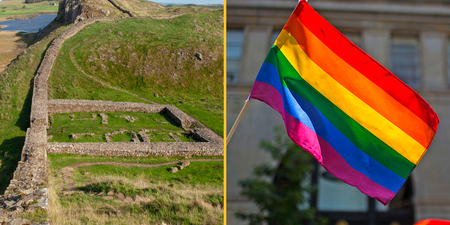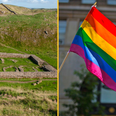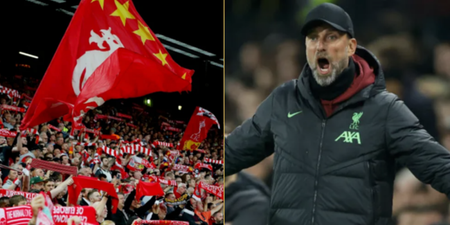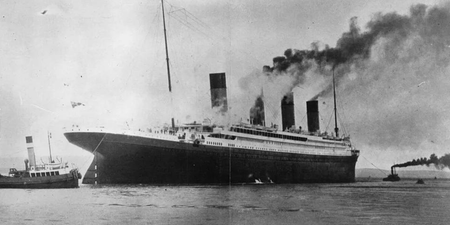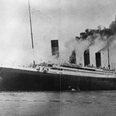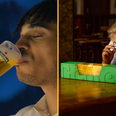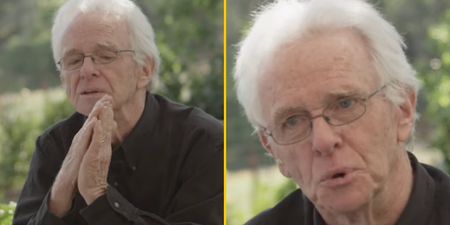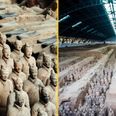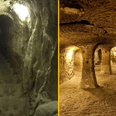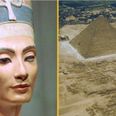They have legitimate concerns about exploring the tomb
Archaeologists haven’t dared look inside the tomb of China’s first Emperor.
Chances are you’re aware of Qin Shi Huang’s final resting place, even if you’ve never heard of him. He was the first person to rule unified China and reigned from 221BC to 210BC.
But it’s his burial site that is the most famous thing about him, as it’s home to thousands of life-sized sculptures depicting his loyal soldiers.
These clay figures are the famous Terracotta Army, and had remained undiscovered until 1974 whe farmers found the special site.
Since then, archaeologists have excavated the site, unearthing extraordinary artefacts such as ancient weapons.
But there’s one part of the estimated 60 square kilometre site that they’ve never explored: the actual tomb of Qin Shi Huang.
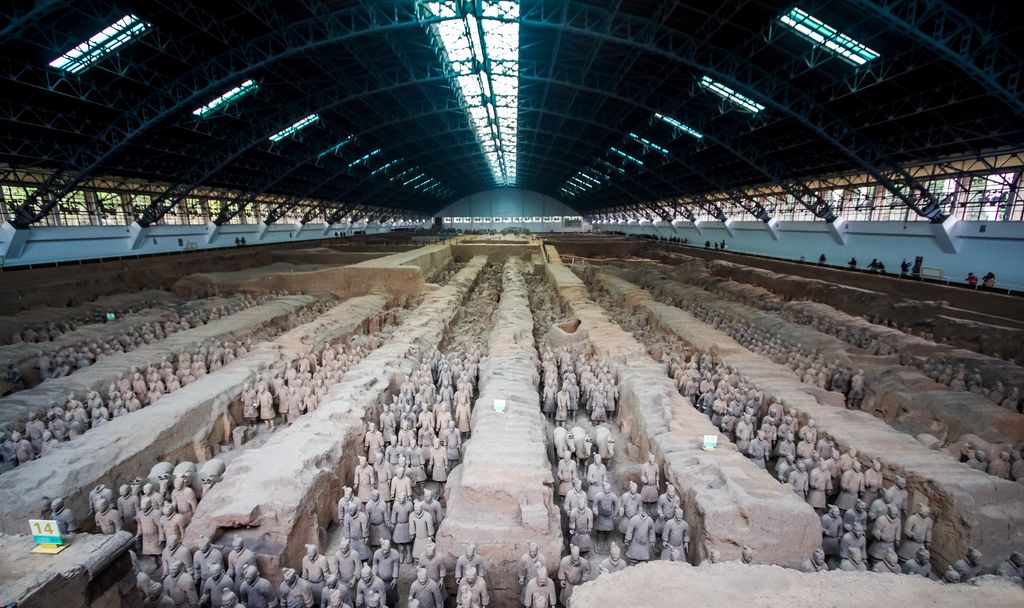
Flanked by more than 8,000 of his ‘army’, experts are worried that entering the airtight chamber where he’s buried could have deadly consequences, IFL Science reports.
According to Chinese historian Sima Qian, the tomb, which is roughly the size of a football pitch, is riddled with booby traps designed to keep intruders away.
These ranger from mechanical flowing rivers of mercury to crossbows designed to fire automatically, Qian claims.
There’s evidence to support his theory as well, with a 2020 study finding unnaturally high levels of mercury at the site.
The paper said: “Highly volatile mercury may be escaping through cracks, which developed in the structure over time, and our investigation supports ancient chronicle records on the tomb, which is believed never to have been opened/looted.”
During his life, Qin Shi Huang is said to have been fascinated by mercury, even drinking the stuff in a bid to achieve immortality.
Unsurprisingly, experts reckon the emperor’s death at 49 might have been brought on by mercury poisoning.
Along with potential mercury poisoning, archaeologists are also reluctant to enter the chamber over concerns that doing so would damage the artefacts inside.
Some of the Terracotta Army statues began to deteriorate when the wider site was excavated, with their coloured coating flaking away once exposed to the dry local climate.
Archaeologists are considering analysing Shi Huang’s tomb using non-invasive methods, but there is yet to be any action on that front.
Related links:
Secret chambers discovered in 4,400 year-old Egyptian pyramid
Man finds entire underground city hidden under his basement
